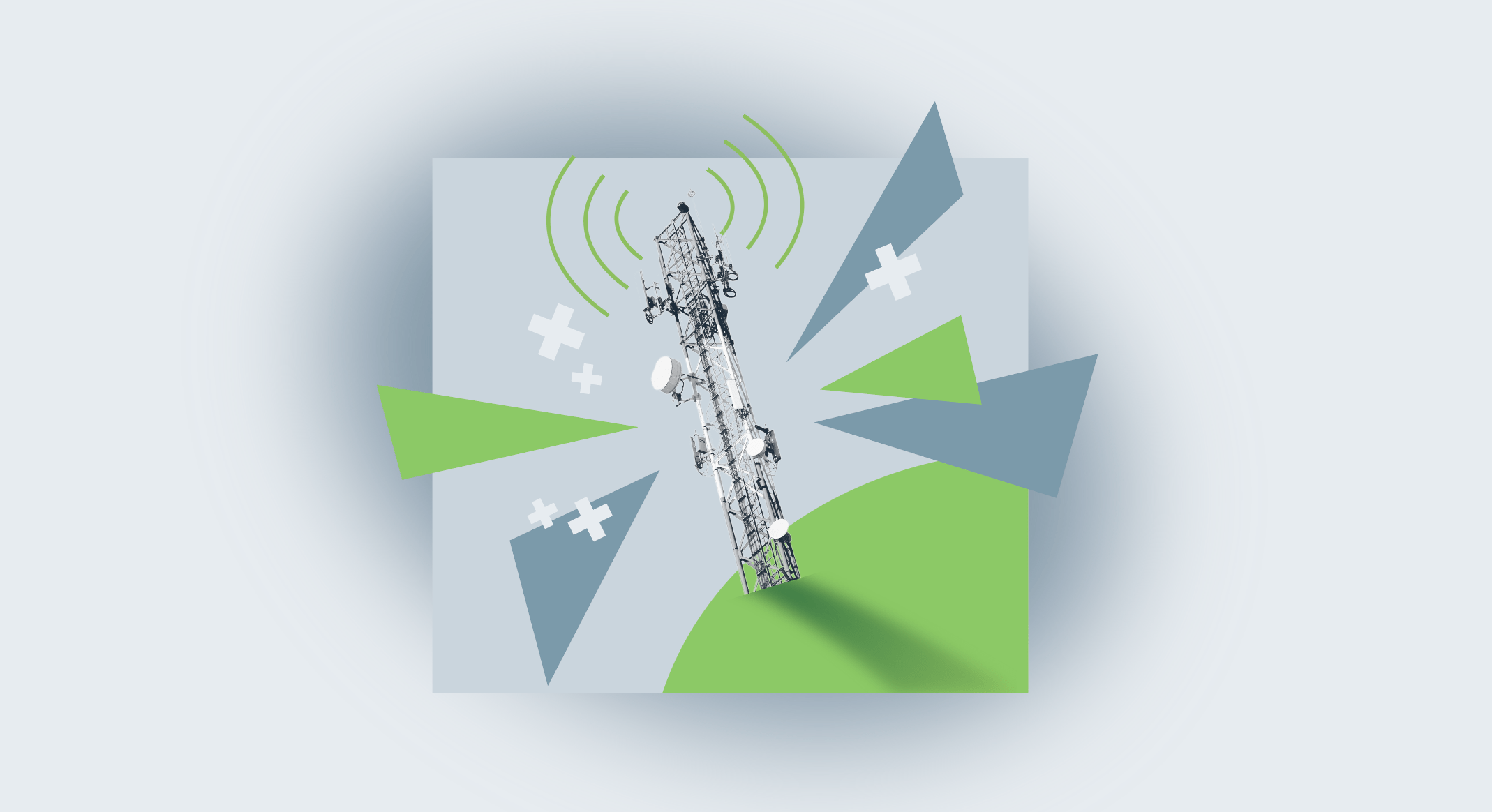Connected Care Promises Reduced Cost

The COVID-19 pandemic has been an urgent wakeup call to healthcare organizations. As stay at home orders and social distancing measures began to limit hours of operation for clinics across the nation, the promise of virtual care (which was once a far out item on a wish list) quickly became a necessary reality. After the pandemic began, patients not only preferred the option of digital experiences, but now found themselves more reliant on them than ever before.
The 2020 Change Healthcare – Harris Poll Consumer Experience Index found that across all phases of the healthcare journey, consumers are seeking more modern, digital communication from both providers and payers. Most patients said they want their healthcare provider (68%) and health insurance plan (71%) to communicate with them using more contemporary platforms. A growing patient preference for digital communication channels coupled with the larger cultural shift to the prioritization of digital experiences has ignited the shift from brick-and-mortar healthcare to a new era of virtual care.
A new model of care, “connected health,” promises to reduce costs and improve quality by working with patients proactively, irrespective of location. Combining remote work solutions and telemedicine afford healthcare organizations a sustainable course to improve operational efficiency and boost patient satisfaction.
But where did telehealth really begin? You’d have to go back to the 1850s for that answer. The first major example of telecommunications for medical purposes came about during the Civil War. The telegraph was used to order medical supplies and transmit casualty reports. Then came Mr. Bell and his telephone. Articles from a late 19th-century medical journal report the telephone was used to cut down on unnecessary office visits as early as 1879.
Flashforward to 1964, when telemedicine got its first modern upgrade due to one crucial question: could the human body function in outer space? That’s when NASA established the Integrated Medical and Behavioral Laboratories and Measurement Systems (IMBLMS) program to develop a means to acquire, analyze and transmit, “…a wide variety of medical, biochemical, microbiological and behavioral measurements.”
Telehealth has come a long way since then. Mordor Intelligence estimates that the telemedicine market will be worth more than $66 billion globally in 2021. Consumer studies bear that out. A recent survey conducted by The Harris Poll and commissioned by Change Healthcare revealed that the pandemic has radically changed consumer expectations toward obtaining future care. The overwhelming majority, 80%, say COVID-19 rendered telehealth “an indispensable part of the healthcare system.”
No doubt that increasing mobility, transparency and sharing health data electronically will benefit both consumers and clinicians for the long haul. But with system evolution comes risk. That means providers must create the appropriate policies and procedures to protect their organization from loss of patient data or, far worse, patient trust. Therefore, integrating remote care delivery into strategic plans and workflows can help health systems make economic sense of the post-pandemic world.
This excerpt is a part of our healthcare trends brief, Going the Distance: Why Remote Work Solutions Work for Patients and Providers.

